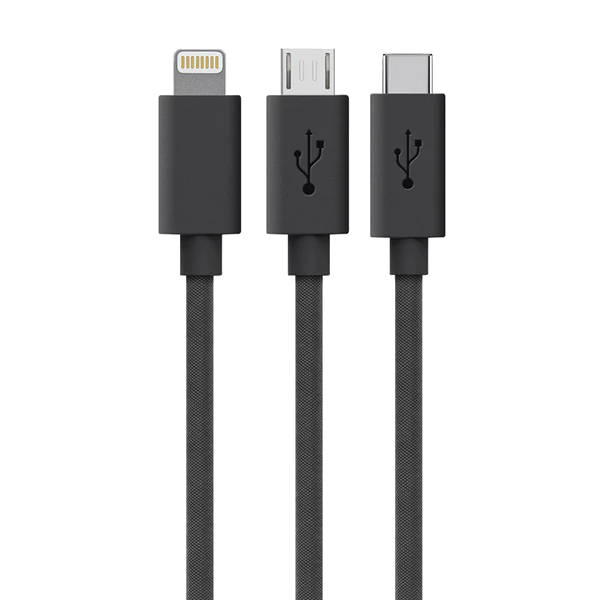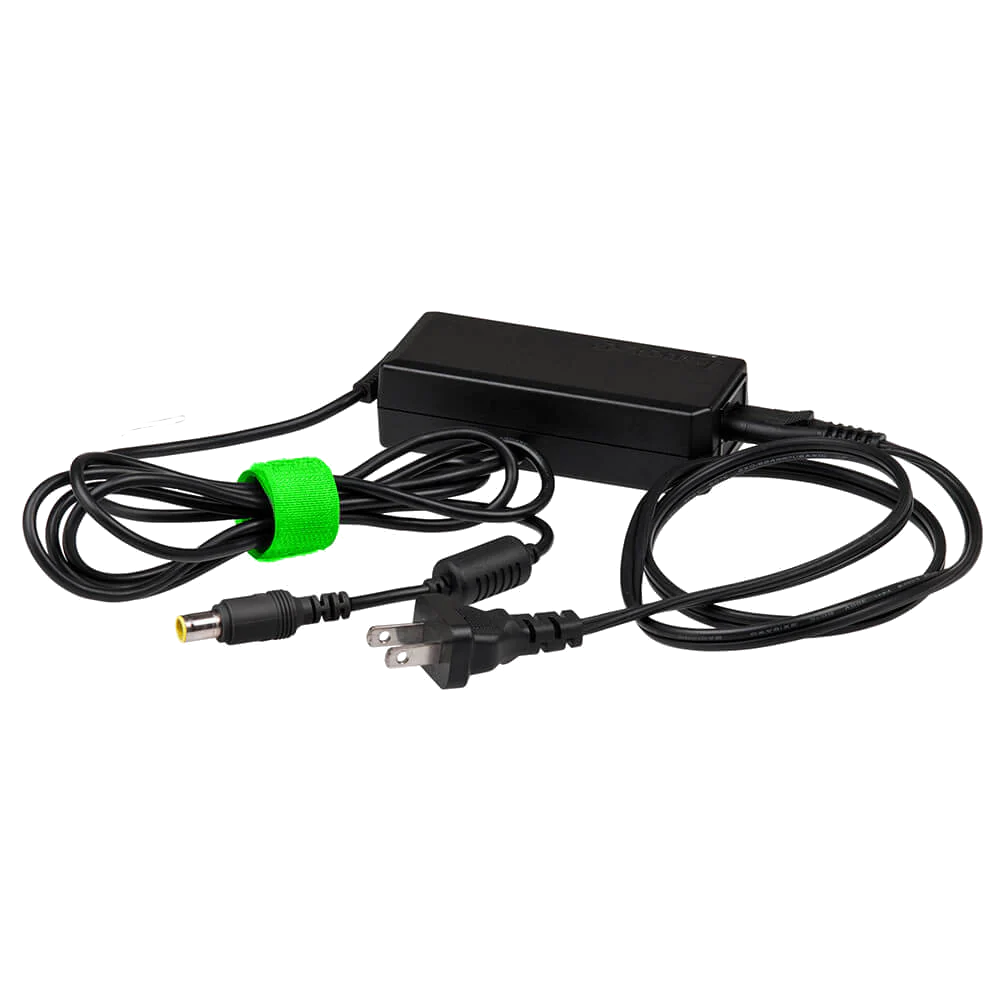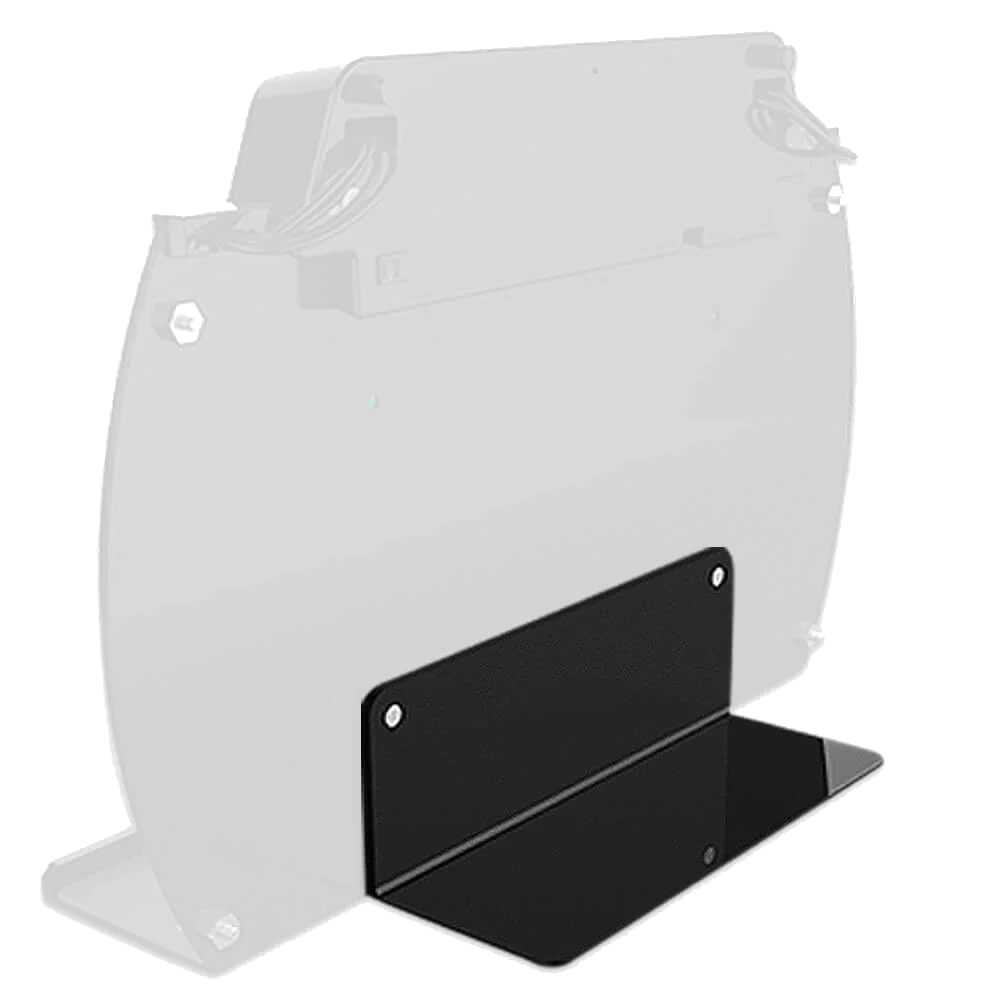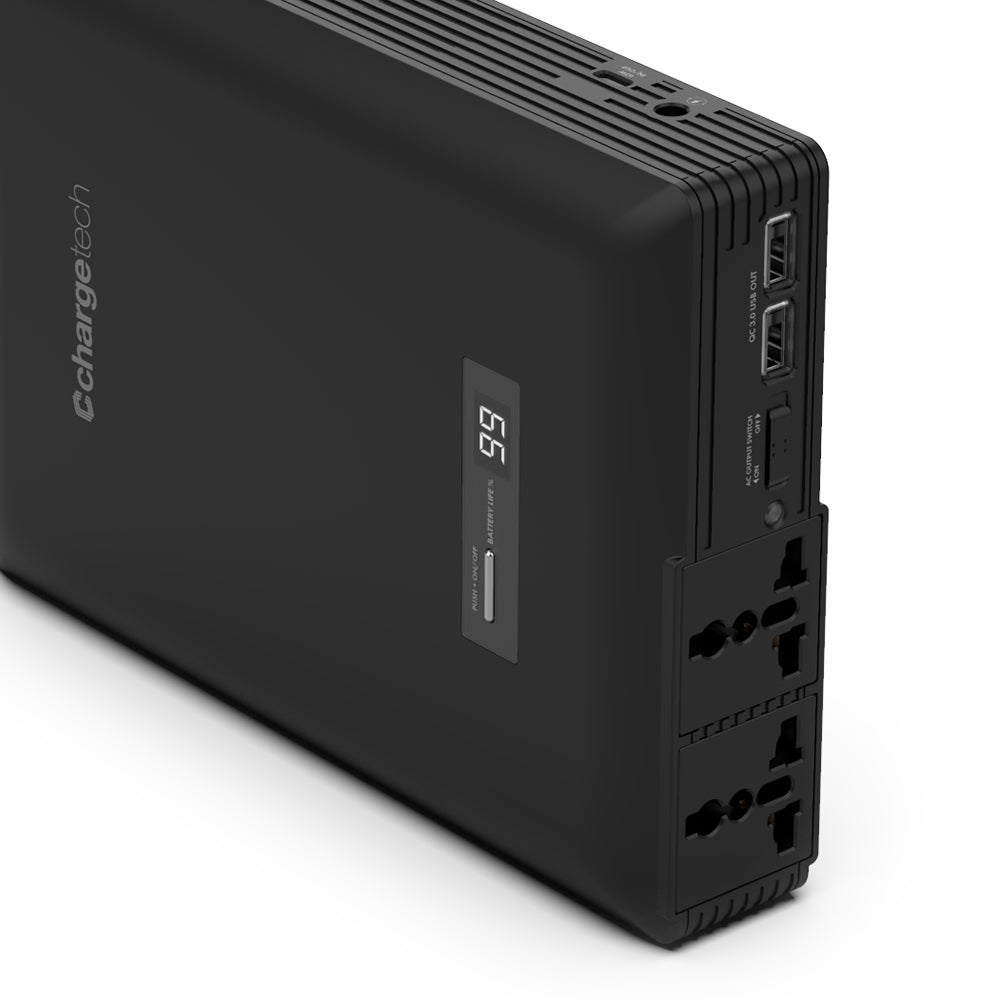Keeping living spaces and common areas clean is a basic requirement for our health. Since the pandemic hit, though, keeping our surroundings and belongings clean has become more important than ever.
In the past couple of years, the government, health care industry, and various businesses have used the words disinfection and sterilization widely in numerous campaigns and efforts to encourage people to stay safe and virus-free.
However, countless people are still unable to tell what is the difference between the two.
Disinfection and sterilization are different forms of decontamination. They are also the core components of infection control activities in health care facilities.
Read on below to learn more about the differences between disinfecting and sterilizing, the best practices for each, and how to operate a safe and thriving business amid the COVID-19 pandemic.
Different Methods of Decontamination
Before differentiating disinfection and sterilization, it is important to understand what decontamination means and entails first.
Decontamination is the process of making an object or surface safe to touch. Rather than simply getting rid of any filth, decontamination involves eliminating germs, bacteria, and other organisms to minimize or remove the risk of infection.
As such, decontamination is not the same as cleaning. When we use the term “cleaning,” it is typically only in the context of clearing away dust, dirt, grime, and stains.
There are different ways or levels of decontaminating surfaces. Disinfecting and sterilizing are two methods of decontamination. Sanitizing is another mode of decontamination that is sometimes used interchangeably with disinfecting and sterilizing.
All three methods involve eliminating germs to a certain degree. Sanitizing can be considered the lowest level of decontamination, as it only aims to lower the amount of germs and bacteria down to a safe level.
Disinfection, on the other hand, is the process of reducing or eliminating any harmful germs, bacteria, and microorganisms from surfaces and objects. In contrast, sterilization requires the complete elimination of all microorganisms — including potentially useful or benign bacteria.
Let’s take a deeper look at what is the difference between disinfection and sterilization.
Disinfection
When we disinfect objects, we do not remove all the germs, viruses, and bacteria. Instead, the process only eliminates the pathogenic microorganisms or the ones that may pose a risk to our health.Disinfection is commonly done to decontaminate surfaces and the air. It is widely used to get rid of many or all of the harmful microorganisms in healthcare and everyday household settings. It is relatively easy to do at home, thanks to the wide variety of products and tools available to the general public.
When used in healthcare settings, disinfection is often done using liquid chemicals or wet pasteurization. Disinfectants may be used as is or together with other products in healthcare facilities.
With most disinfectants, particularly liquid ones, the product must be left to sit on the surfaces to kill bacteria, viruses, fungi, and other microorganisms. The length of time a disinfectant must be exposed on the surface can range from as fast as 20 minutes to as long as 12 hours.
It is important to note that disinfectants are not sporadical. This means they may not be able to kill dormant bacterial spores, although they do eliminate bacteria. A few potent disinfectants may be able to kill spores with extended exposure times. Such products are also referred to as chemical sterilants
Methods of Disinfection
Disinfectants come in various types of products, from liquid and aerosol disinfectants to ultraviolet ones.Some disinfectants are stronger than others and have a wide spectrum of microorganisms they can destroy. These types of disinfectants are often used at healthcare facilities and businesses. Disinfectants that have a narrower spectrum are generally non-toxic, inexpensive, or easy to use, making them ideal for daily home cleaning and decontamination.
Below are some of the types or methods of disinfection:
- Alcohols. Alcohol disinfectants are generally either ethyl alcohol or isopropyl alcohol. These two water-soluble chemical compounds can be used against bacteria, fungi, and viruses. They can effectively eliminate inactive viruses, including HIV and hepatitis B or C.
- Chlorine and chlorine compounds. Widely used chlorine disinfectants are often in liquid forms, such as sodium hypochlorite. Household bleach is a well-known and much-used chlorine-based disinfectant.
- Phenolics. Phenolics have antimicrobial properties and are generally used as a germicide, bactericide, and fungicide. These products are absorbed by porous materials. Phenolics are also the oldest known type of disinfectant used as a mouthwash.
- Aldehydes. These are one of the high-level disinfectants that work on spores to a certain degree. Examples of these chemical disinfectants include formaldehyde and glutaraldehyde. Formaldehyde is an effective disinfectant in both liquid and gas states, while glutaraldehyde is generally used in liquid form.
- Quaternary ammonium compounds. Also referred to as “quats,” these are low-level yet effective disinfectants. They are also some of the most widely used disinfectants, including in healthcare facilities. Some of the quats used in healthcare include alkyl dimethyl benzyl ammonium chloride and dialkyl dimethyl ammonium chloride.
- Airborne disinfectants. Disinfectants can also be in aerosol or vapor form. Examples of chemicals disinfectants sprayed or dispersed into the air include propylene glycol and triethylene glycol.
- High-intensity shortwave ultraviolet (UV) light. UV light is typically used to eliminate microorganisms on smooth and opaque or nonporous objects. However, ultraviolet-C (UVC) lamps can also be used to disinfect air and water. It is particularly effective in reducing the spread of tuberculosis and other bacteria.
Best Practices for Disinfection
When it comes to disinfecting surfaces, whether at home or in business and healthcare settings, the most important thing to remember is to allow the product to sit on the surfaces before wiping them down.
With most disinfectants, particularly liquid ones, this is necessary to eliminate as much bacteria, viruses, fungi, and other microorganisms as possible. The length of time a disinfectant must be left on the surface can range from as fast as 20 minutes to as long as 12 hours.
Other best practices and tips for disinfection include:
- Always read the product label beforehand.
- Ensuring the product is an actual disinfectant.
- Use the right disinfectant to get rid of the microorganisms it is designed to work on.
- Wear gloves to avoid irritating the skin.
- Avoid combining chemical disinfectants unless specifically stated.
- Always ensure the area is well-ventilated before using chemical disinfectants, particularly bleach.
Sterilization
The main difference between sterilizing and disinfecting surfaces is the amount of microorganisms eliminated.Sterilization is the process of completely killing all microorganisms, not just pathogenic ones. This means it includes microorganisms that may be useful or benign, as well as dormant spores. In short, it is one of the more “extreme” forms or higher levels of decontamination.
Due to its potency, sterilization is largely used only in healthcare and professional settings. It is typically used in food production, medicine production, and for medical instruments, particularly surgical ones.
Critical activities in hospitals, such as surgeries, require the complete removal of microbes on all pertinent equipment to ensure patients’ health and safety.
However, there are also simpler methods of sterilization that are safe to attempt at home. Using heat and steam is widely used by parents to ensure baby bottles are free of any microorganisms for the baby’s safety.
Unlike autoclaves and dry heat cabinets, though, pressure cooking and boiling bottles are not as thorough in eliminating all microorganisms.
Methods of Sterilization
Many methods of sterilization are specialized. The potential dangers and intricacies involved in operating or conducting certain sterilization methods mean they need to be done by trained professionals only.Methods of sterilization include:
- Pressurized steam. Autoclaves and similar machines use steam to heat up to 250 to 273 degrees Fahrenheit and held at that temperature for up to 15 minutes. This method is generally used to sterilize laboratory equipment and decontaminate biohazardous waste.
- Heating. The oldest known way to sterilize objects is by heating or holding them to an open flame. One example of heat sterilization is using dry heat cabinets to sterilize medical instruments. Boiling objects in water for at least 15 minutes kills the bacteria and inactivates viruses, though it does not get rid of dormant spores.
- Chemical sterilization. Various chemicals may be used to sterilize surfaces and objects. Examples include hydrogen peroxide, ozone, ethylene oxide, peracetic acid, and even bleach. The downside to using chemicals is that they can potentially damage certain items, such as biological materials, electronics, and plastics.
- Radiation sterilization. This method is typically used to sterilize disposable medical equipment like needles, syringes, cannulas, and intravenous sets. Radiation used for sterilizing includes infrared radiation, ionizing radiation, and electron beams.
- Sterile filtration. This method is applicable for clear liquids that may be changed or damaged during heat, radiation, and chemical sterilization. This is a slow, painstaking process that involves passing the liquids through microscopic pores that are smaller than the bacteria and other organisms.
Having an untrained individual attempt to operate or conduct certain sterilization methods at home may result in disastrous consequences.
Protecting Our Health Amid the Pandemic
Disinfecting surfaces and sterilizing objects are two of the best ways we can protect ourselves during this pandemic and slow the spread of the COVID-19 virus, along with washing our hands frequently.Although sterilizing is generally only performed in professional settings, we can sterilize our food and water containers through pressure cooking, steaming, or boiling. This can be particularly useful for water flasks and jugs that we take with us when we go to the gym or other public places.
When disinfecting our surroundings, it is important to concentrate on common or shared spaces and surfaces, as well as items we often touch daily. Here are some common areas or items that must be disinfected regularly to protect ourselves against COVID-19:
- Doorknobs
- Stair railings
- Light switches
- Phones
- Laptops
- Countertops and sinks
- Toilets, especially the handles
- Faucets
- TV remotes
Disinfecting common or public surfaces, such as doorknobs and countertops are fairly easy. We can easily accomplish this using chemical disinfectants and cloth wipes. However, the same cannot always be said for laptops, phones, and other gadgets.
Using liquid and chemical disinfectants on electronic devices carries the risk of damaging the devices. In such cases, UV lights and UV-C lamps are the more ideal disinfectant methods.
UV-C Disinfection with CleanCharge

ChargeTech offers a range of antimicrobial and UV disinfection products designed for professional settings. Our product catalog includes antimicrobial battery packs, our specialized UV-C Clean and Charge Carts, and more.
All CleanCharge products by ChargeTech are equipped with specialty bulbs. These bulbs emit UV-C, a specific spectrum of ultraviolet light that can effectively stop bacterial growth and reliably eliminate all microbial matter.
Since disinfecting with UV-C light requires direct contact with the objects to be disinfected, we designed the next-generation units of our UV-C Clean and Charge Carts to have highly reflective stainless steel interiors to maximize UV light exposure.
Moreover, all UV-C light bulbs are strategically placed to minimize shadows and coverage gaps, thus ensuring optimal exposure of all devices placed inside, regardless of their size.
How Disinfecting Can Help Businesses Thrive
Our UV-C Clean and Charge Carts are the ideal UV disinfection products for businesses that employ numerous employees, schools with thousands of students and teachers, and much more.Other places or businesses that may benefit from having one of our UV-C Clean and Charge Carts include:
- Coworking spaces
- Cafes, particularly those frequented by working professionals and students
- Hospitals, particularly in waiting areas or lobbies
- Tech repair centers
- Libraries
In such settings where interacting with others is unavoidable, it is natural for people to have a certain amount of apprehension regarding their health and safety. Aside from ensuring proper COVID-19 safety protocols are followed, offering a safe and sure way to disinfect gadgets they are in contact with often helps alleviate their worries and fears.
More importantly, it shows that you care for your employees, staff, students, or customers. This, more than anything, can bring in more customers and help improve overall employee satisfaction.
The Takeaway
Regular cleaning is important for our health, but that alone is not enough when we are dealing with a fast-spreading virus.
Learning what is the difference between disinfection and sterilization is necessary to apply them in our lives. It is the first step to ensure we can do them safely and properly and keep not only ourselves but also the people around us healthy and safe during this pandemic.
Contact us to learn more about our UV-C disinfection solutions or contact us today to request a free quotation.




